What's on the surface of a black hole?
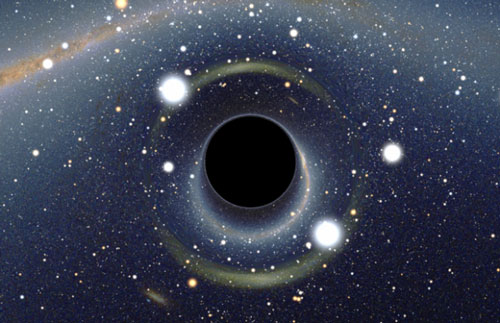 It's not a 'firewall' - and the nature of the universe depends on it, physicist explains.
It's not a 'firewall' - and the nature of the universe depends on it, physicist explains.
Jun 16th, 2015
Read more
 Subscribe to our Space Exploration News feed
Subscribe to our Space Exploration News feed
 It's not a 'firewall' - and the nature of the universe depends on it, physicist explains.
It's not a 'firewall' - and the nature of the universe depends on it, physicist explains.
Jun 16th, 2015
Read more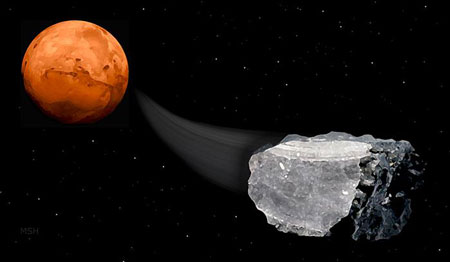 The researchers examined samples from six meteorites of volcanic rock that originated on Mars. The meteorites contain gases in the same proportion and with the same isotopic composition as the Martian atmosphere. All six samples also contained methane, which was measured by crushing the rocks and running the emerging gas through a mass spectrometer.
The researchers examined samples from six meteorites of volcanic rock that originated on Mars. The meteorites contain gases in the same proportion and with the same isotopic composition as the Martian atmosphere. All six samples also contained methane, which was measured by crushing the rocks and running the emerging gas through a mass spectrometer.
Jun 16th, 2015
Read more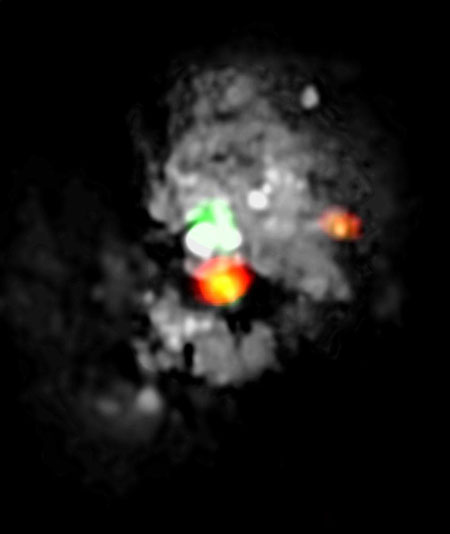 Astronomers have succeeded in recording the first image with the most sensitive millimetre radio telescope in the northern hemisphere: The installation known as NOEMA provided a spectacular image of a previously unknown region of massive star formation in the Medusa Merger - a brightly shining pair of colliding of galaxies.
Astronomers have succeeded in recording the first image with the most sensitive millimetre radio telescope in the northern hemisphere: The installation known as NOEMA provided a spectacular image of a previously unknown region of massive star formation in the Medusa Merger - a brightly shining pair of colliding of galaxies.
Jun 16th, 2015
Read more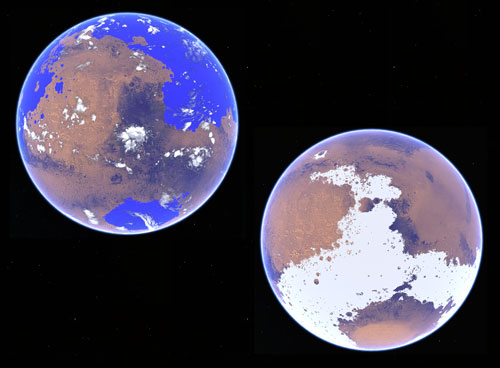 The high seas of Mars may never have existed. According to a new study that looks at two opposite climate scenarios of early Mars, a cold and icy planet billions of years ago better explains water drainage and erosion features seen on the planet today.
The high seas of Mars may never have existed. According to a new study that looks at two opposite climate scenarios of early Mars, a cold and icy planet billions of years ago better explains water drainage and erosion features seen on the planet today.
Jun 15th, 2015
Read moreTo sort out the biological intricacies of Earth-like planets, astronomers have developed computer models that examine how ultraviolet radiation from other planets' nearby suns may affect those worlds, according to new research.
Jun 15th, 2015
Read more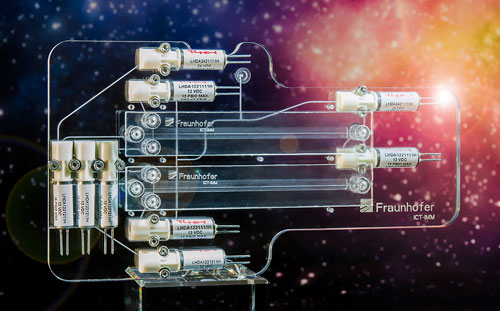 The German Aerospace Center is scheduled to launch its Eu:CROPIS research satellite into orbit in early 2017. Its purpose is to test a biological life-support system for future human space missions. The satellite's payload includes an ion analyzer. This compact device will automatically monitor all of the system's internal processes.
The German Aerospace Center is scheduled to launch its Eu:CROPIS research satellite into orbit in early 2017. Its purpose is to test a biological life-support system for future human space missions. The satellite's payload includes an ion analyzer. This compact device will automatically monitor all of the system's internal processes.
Jun 15th, 2015
Read more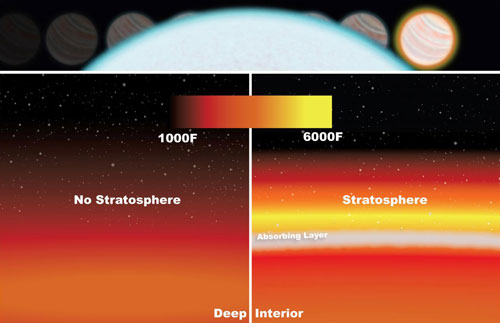 NASA's Hubble Space Telescope has detected a stratosphere, one of the primary layers of Earth's atmosphere, on a massive and blazing-hot exoplanet known as WASP-33b.
NASA's Hubble Space Telescope has detected a stratosphere, one of the primary layers of Earth's atmosphere, on a massive and blazing-hot exoplanet known as WASP-33b.
Jun 11th, 2015
Read more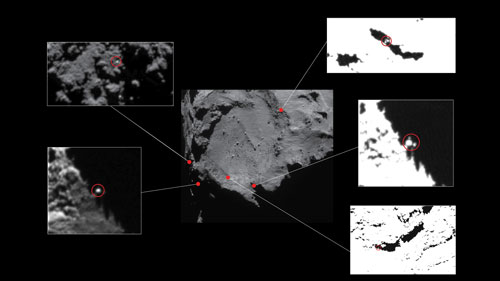 The search for the three-legged lander is complex because even when fully illuminated by the Sun, Philae will be just a few pixels across in images acquired by the Rosetta orbiter's Optical, Spectroscopic, and Infrared Remote Imaging System (OSIRIS).
The search for the three-legged lander is complex because even when fully illuminated by the Sun, Philae will be just a few pixels across in images acquired by the Rosetta orbiter's Optical, Spectroscopic, and Infrared Remote Imaging System (OSIRIS).
Jun 11th, 2015
Read more First experiment in the Cryogenic Storage Ring , which can be used to reproduce the chemical conditions in space in the laboratory.
First experiment in the Cryogenic Storage Ring , which can be used to reproduce the chemical conditions in space in the laboratory.
Jun 10th, 2015
Read more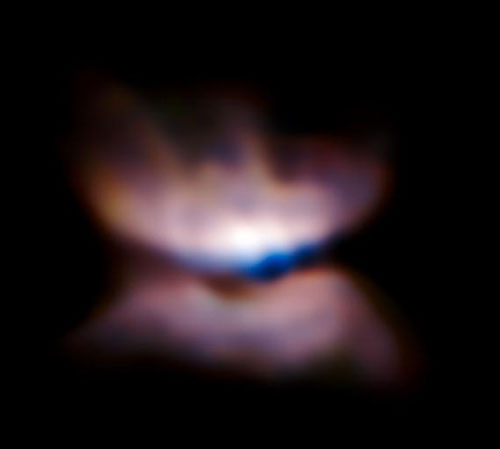 Some of the sharpest images ever made with ESO's Very Large Telescope have, for the first time, revealed what appears to be an ageing star giving birth to a butterfly-like planetary nebula.
Some of the sharpest images ever made with ESO's Very Large Telescope have, for the first time, revealed what appears to be an ageing star giving birth to a butterfly-like planetary nebula.
Jun 10th, 2015
Read moreThe Dawn orbiter initially traced the path of the equator before crossing the north and south poles of Ceres. Researchers have used the images acquired thus far with the Framing Camera on board the spacecraft and the first three-dimensional terrain models created from them to produce a virtual scenic flight over icy Ceres.
Jun 9th, 2015
Read more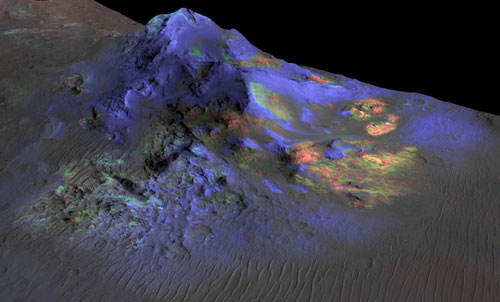 Researchers have used satellite data to detect deposits of glass within impact craters on Mars. Though formed in the searing heat of a violent impact, the glasses just might provide a delicate window into the possibility of past life on the Red Planet.
Researchers have used satellite data to detect deposits of glass within impact craters on Mars. Though formed in the searing heat of a violent impact, the glasses just might provide a delicate window into the possibility of past life on the Red Planet.
Jun 8th, 2015
Read more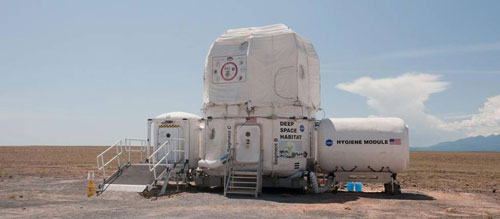 NASA is working with eight U.S. universities on new technology projects for deep space exploration, including the agency's journey to Mars, as part of the 2016 X-Hab Academic Innovation Challenge.
NASA is working with eight U.S. universities on new technology projects for deep space exploration, including the agency's journey to Mars, as part of the 2016 X-Hab Academic Innovation Challenge.
Jun 8th, 2015
Read more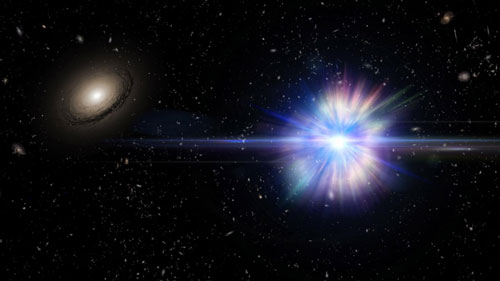 HST confirms 3 Type Ia supernovae were not part of a galaxy, but rare intracluster supernovae.
HST confirms 3 Type Ia supernovae were not part of a galaxy, but rare intracluster supernovae.
Jun 4th, 2015
Read more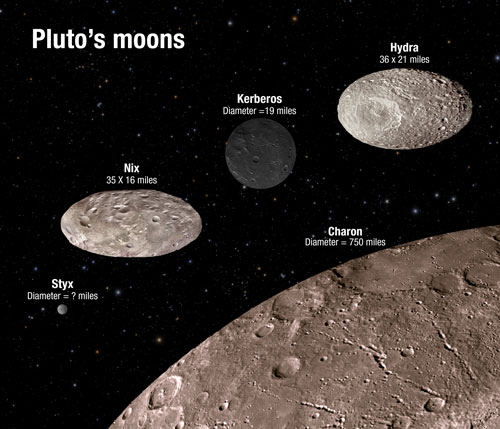 If you lived on one of Pluto's moons, you might have a hard time determining when, or from which direction, the sun will rise each day. Comprehensive analysis of data from NASA's Hubble Space Telescope shows that two of Pluto's moons, Nix and Hydra, wobble unpredictably.
If you lived on one of Pluto's moons, you might have a hard time determining when, or from which direction, the sun will rise each day. Comprehensive analysis of data from NASA's Hubble Space Telescope shows that two of Pluto's moons, Nix and Hydra, wobble unpredictably.
Jun 3rd, 2015
Read more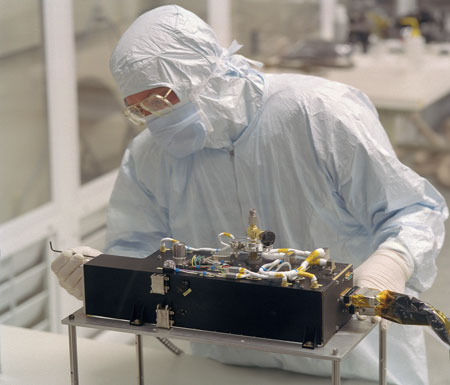 A close-up of Comet 67P/Churyumov-Gerasimenko by NASA's ultraviolet instrument surprised scientists by revealing that electrons close to the comet's surface - not photons from the Sun as had been believed - cause the rapid breakup of water and carbon dioxide molecules spewing from the surface.
A close-up of Comet 67P/Churyumov-Gerasimenko by NASA's ultraviolet instrument surprised scientists by revealing that electrons close to the comet's surface - not photons from the Sun as had been believed - cause the rapid breakup of water and carbon dioxide molecules spewing from the surface.
Jun 2nd, 2015
Read moreAn international team of scientists used streams produced by dissolving globular clusters to measure the weight of our galaxy and determine the location of the sun within the Milky Way.
Jun 2nd, 2015
Read more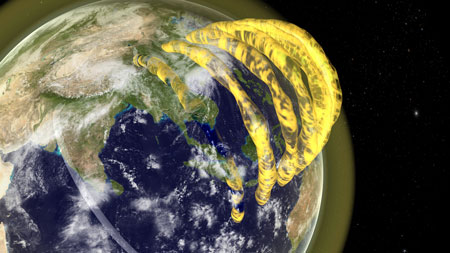 By observing galaxies billions of light-years away, a team of astronomers has detected tube-like structures mere hundreds of kilometres above the Earth's surface.
By observing galaxies billions of light-years away, a team of astronomers has detected tube-like structures mere hundreds of kilometres above the Earth's surface.
Jun 1st, 2015
Read more